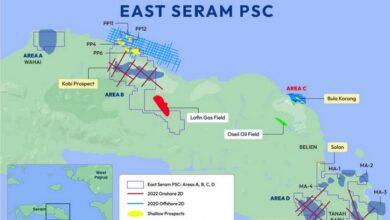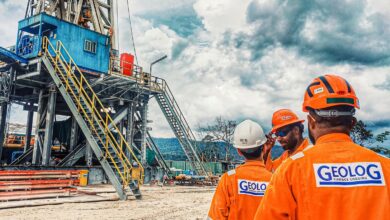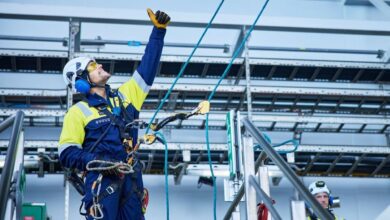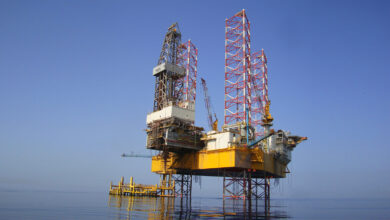PSA delivers results of NSOAF multinational theme audit
A very high percentage of safety incidents in the North Sea are linked with lifting operations, according to Svein Anders Eriksson, discipline leader – logistics and emergency preparedness at Norway’s Petroleum Safety Authority (PSA).
Delivering the results of the North Sea Offshore Authorities Forum (NSOAF) “multinational theme audit” on lifting operations and lifting equipment at the 2010 IADC Drilling HSE Europe Conference in Amsterdam on 30 September, Mr Eriksson said there was a very good reason to study lifting operations in the North Sea because of the collective intensity of this kind of activity.
“Some lifting operations are carried out very frequently … every 30 seconds by offshore cranes on the Norwegian Continental Shelf,” he told delegates.
Mr Eriksson said that 6% of all fatal accidents in the North Sea are related to lifting operations. But if the Alexander Kielland and Piper Alpha are omitted, then almost half (47%) of all fatal accidents in the North Sea area are related to lifting operations.
Outlining the NSOAF audit, he said the scope of work was to perform a systematic theme audit on duty holders/operators/drilling contractors that are active in two or more NSOAF member sectors.
Key themes were selected based on the International Regulators Forum (IRF) “generic” report on offshore lifting and mechanical handling issues” and the PSA’s study on the most significant underlying causes for incidents and accidents with offshore cranes.
There was specific focus on training and competence of operators of lifting equipment, planning and supervision of lifting operations and maintenance management of lifting equipment.
The terms of reference for the theme audit were submitted to NSOAF for approval in July 2005. Once approved, theme audits were carried out throughout 2006 until March 2007.
“During the project, the national audit teams executed 11 audits on operators/duty holder and drilling contractors (16 if HSE’s KP2 audits are included), all with operations in at least two sectors of the North Sea,” Mr Eriksson said.
Outlining key outcomes of the audit, he said that major international companies with cross-border operations in the North Sea have similar strengths and similar weaknesses in their crane safety management systems.
But, while crane safety management systems were generally found to be in place, they were not necessarily followed.
Moreover, none of the companies audited had all the relevant controls fully in place, and there was scope for them to improve their management systems.
Mr Eriksson cited a number of specific problems with rigs active on the Norwegian Continental Shelf:
- Poor identification of operational hazards;
- Poor design, that is, special drilling lifting gear is not inherently safe and needs to be improved to meet modern safety standards;
- Difficult or impossible to verify correct locking;
- User information poor or not present;
- Lifting tools were not identified as lifting equipment and treated as such (planning, inspection, certification, maintenance);
- There was poor planning management and supervision; and
- Some of the special drilling lifting gear had been designed and manufactured in accordance with API 8C, now EN ISO 13535.
As for what could or should be done to remediate many of the problems, Mr Eriksson cited a number of key areas for attention.
He said: “Manual side door elevators should be made inherently safe by design, remote-controlled elevators (mechanical) should be used for lifting of all sizes of conductors, and all special lifting equipment (hoisting tools) in the drilling area must be identified.”
He continued: “The operator and drilling contractor must establish a safe system of work and make sure the hoisting tools satisfy regulatory requirements for lifting equipment. A systematic review and risk analysis should be carried out for all special drilling lifting equipment.”
“The special lifting equipment should be modified or changed out according to the results from the analysis,” he said.




